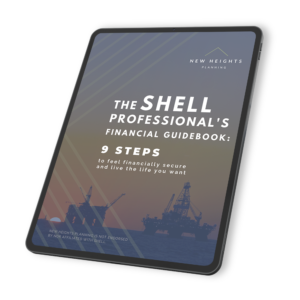Superfund Your College Savings
Superfund Your College Savings
In step three of the Shell Professional’s Financial Guidebook, I discuss how to maximize tax-advantaged savings. This video expands on how to get the most out of your college savings accounts.
Full Transcript:
I have great news. Our second child was just born! Oh, no. That means I only have 220 months to save until college starts.
The current all-in cost for a public in-state university is about $30,000 per year. If we assume that increases at 5% for the next 18 years, that means that college will cost over $70,000 per year, and a four-year degree will cost over $300,000.
My preferred method to save for college is using the 529 plan, as the money will grow tax-deferred and, when used for educational expenses, can be withdrawn tax-free. Let’s talk about that may look like for this example.
When I started this video, I said that I only have 220 months to save for college. So if we contribute every month to a 529 plan, and we want to have $300,000 in that account in 2040, I would have to contribute $600 per month, assuming a rate of return of 8%. When doing so, that means I will have contributed $132,000 over those 220 months, and I will have $168,000 of growth in the account. Now, contributing over $600 per month for over 18 years sounds pretty terrible.
Let’s talk about another way. The IRS considers contributions to a 529 plan as a gift. The annual gift exclusion in 2022 is $16,000. With a 529 plan, you can frontload up to five years worth of gifts or $80,000 at once. This is commonly referred to as super funding.
Let’s apply super funding to this example. With super funding, we aren’t making monthly contributions. Instead, we’re going to make one large contribution. In order to have $300,000 in 2040, we would contribute $70,000 today, assuming the same 8% investment rate of return. By doing that, we have more money in the account earlier, allowing for more tax-free growth. So, instead of $168,000 of tax-free growth, we would have $230,000, $60,000 more than if we funded college on a monthly basis.
Now, when doing this, you now have checked off a major financial goal in one fell swoop. However, please make sure you consult your tax advisor and file a form 709 when you do your taxes.
If you find this video helpful, please like it on LinkedIn or Instagram.



